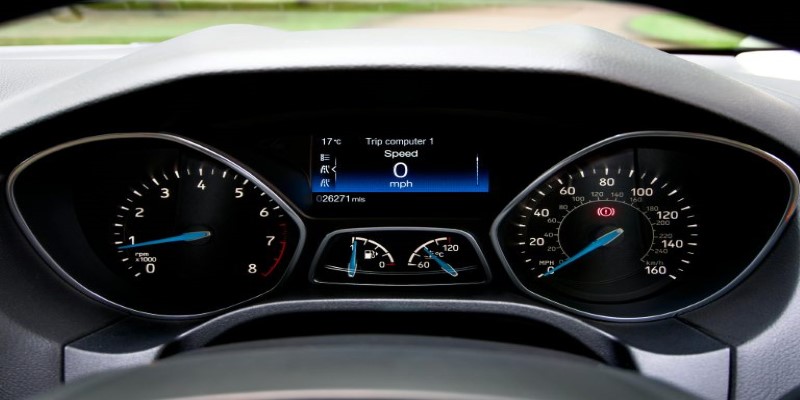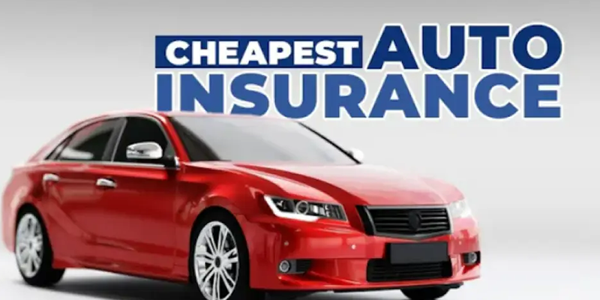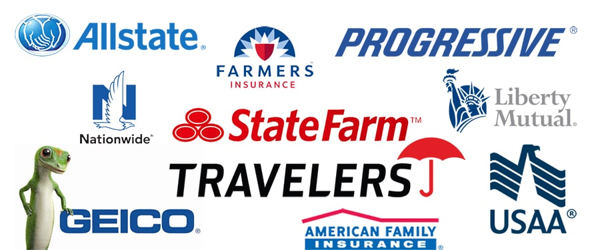How To Lower Your Car Insurance Without Losing Coverage: 10 Smart Ways That Work
Have you ever opened your car insurance renewal notice and thought, Why is this going up again? You're not alone. Many drivers feel trapped between high premiums and the fear of sacrificing essential protection. But what if you could keep the same reliable coverage and pay less for it?
The truth is, lowering your car insurance cost doesn't mean you have to give up your peace of mind. There are practical, often overlooked ways to trim your premium without putting yourself at risk. Whether you're a seasoned driver or someone who has just purchased your first vehicle, here are proven tips to help you pay less while maintaining solid coverage.
Review Your Policy—Line by Line
When was the last time you read your insurance policy? Not just glanced at the premium but reviewed the details? Many people pay for extras they don't need—or worse, miss out on discounts they could have qualified for.
What to look for:
• Duplicate coverage (like roadside assistance you already get from a credit card or car manufacturer)
• Outdated information (e.g., mileage, usage type, or named drivers)
• Optional features you can live without (like rental reimbursement if you already have a backup car)
Raise Your Deductible—Strategically

One of the fastest ways to lower your monthly premium is to raise your deductible—the amount you pay out of pocket before Insurance kicks in. However, there is a right way to do it.
Let’s say:
• You currently have a $250 deductible and pay $1,200 annually.
• Raising it to $500 might lower your premium to $1,000—a $200 annual savings.
If you have an emergency fund and can afford to cover a higher deductible in case of an accident, this can be a clever trade-off.
Bundle Up: Combine Policies for Savings
Do you own a home, rent an apartment, or have a second vehicle? Most insurers offer serious discounts if you bundle multiple policies with them.
Popular combos:
• Auto + Homeowners/Renters Insurance
• Auto + Motorcycle
• Auto + Life
These bundled discounts can reduce your total premiums by 10–25%. It also simplifies your life: fewer bills to pay and fewer customer service numbers to remember.
Improve Your Credit Score
You may not realize it, but in many states, your credit score can impact your insurance rates. Insurers often use a "credit-based insurance score" to assess risk. If your score is low, they might consider you more likely to file a claim.
Steps to improve your score:
• Pay bills on time
• Keep credit card balances low
• Dispute any errors on your credit report
Even a small bump in your score can translate into noticeable savings.
Install Safety and Anti-Theft Devices
Insurance companies love low-risk vehicles. That means if your car is more complicated to steal and safer to drive, you could be in for some solid discounts.
Examples of devices that may earn you a discount:
• Anti-lock braking systems (ABS)
• Dash cams
• GPS tracking or LoJack systems
• Steering wheel locks
• Car alarms
Before investing in new technology, check with your insurer to ensure the discount outweighs the cost of installation.
Limit Your Mileage

Are you driving less than you used to? You can now work from home or take fewer long trips. Most insurers offer lower rates to people who drive fewer miles per year than the average.
Tip: Some companies even offer usage-based Insurance, where you pay based on how often—and how safely—you drive. Devices or mobile apps track your behaviour, and safer habits = lower bills.
Ask About Hidden Discounts
You’d be surprised how many discounts go unclaimed simply because policyholders didn’t ask. Here are a few examples that might apply to you:
Good driver
No accidents or tickets in the past 3–5 years
Good student
If you or your child on the policy has good grades
Loyalty
Being with the same insurer for several years
Occupation or affiliation
Teachers, nurses, military members, or alums of certain universities
Driver training
Completed a defensive driving course
One quick phone call could uncover multiple discounts you weren’t even aware of.
Shop Around Every Year
Loyalty doesn’t always pay in the insurance world. Rates can shift significantly from year to year, and the only way to ensure you’re not overpaying is to compare quotes annually.
What to do:
• Use comparison sites for a quick overview
• Contact agents directly for personalized quotes
• Make sure you’re comparing identical coverage levels
Even a $15 monthly difference adds up to $180 per year—for the same coverage.
Avoid Small Claims
Every claim you file increases your risk profile. If the damage is minor and repairable without incurring significant financial strain, consider covering the cost out of pocket. This helps maintain your claim-free status, which many insurers reward with discounts over time.
Rule of thumb: If the repair is slightly above your deductible (say, $600 for a $500 deductible), filing a claim might not be worth the long-term cost.
Review and Update Your Coverage Regularly
Life changes—and so should your Insurance. Got married? Kids moved out? Paid off your loan? These changes might make you eligible for lower premiums or different coverage tiers.
Good times to review:
• Every 12 months
• After a significant life event
• After paying off your car loan (you might not need gap coverage anymore)
The goal is to match your policy with your current situation—not the one you had three years ago.
Staying Protected While Spending Less
Lowering your car insurance isn’t about finding loopholes or cutting corners. It’s about making smart adjustments, staying informed, and leveraging the system to your advantage.
Here's the best part: most of these tips don't require significant sacrifices. You're not taking away your coverage—you're tailoring it to fit your life more accurately.
So next time your renewal rolls around, don’t just accept it at face value. Ask questions. Compare options. Fine-tune your policy. A few small moves could save you hundreds—without compromising your safety on the road. Now that’s a win-win.





